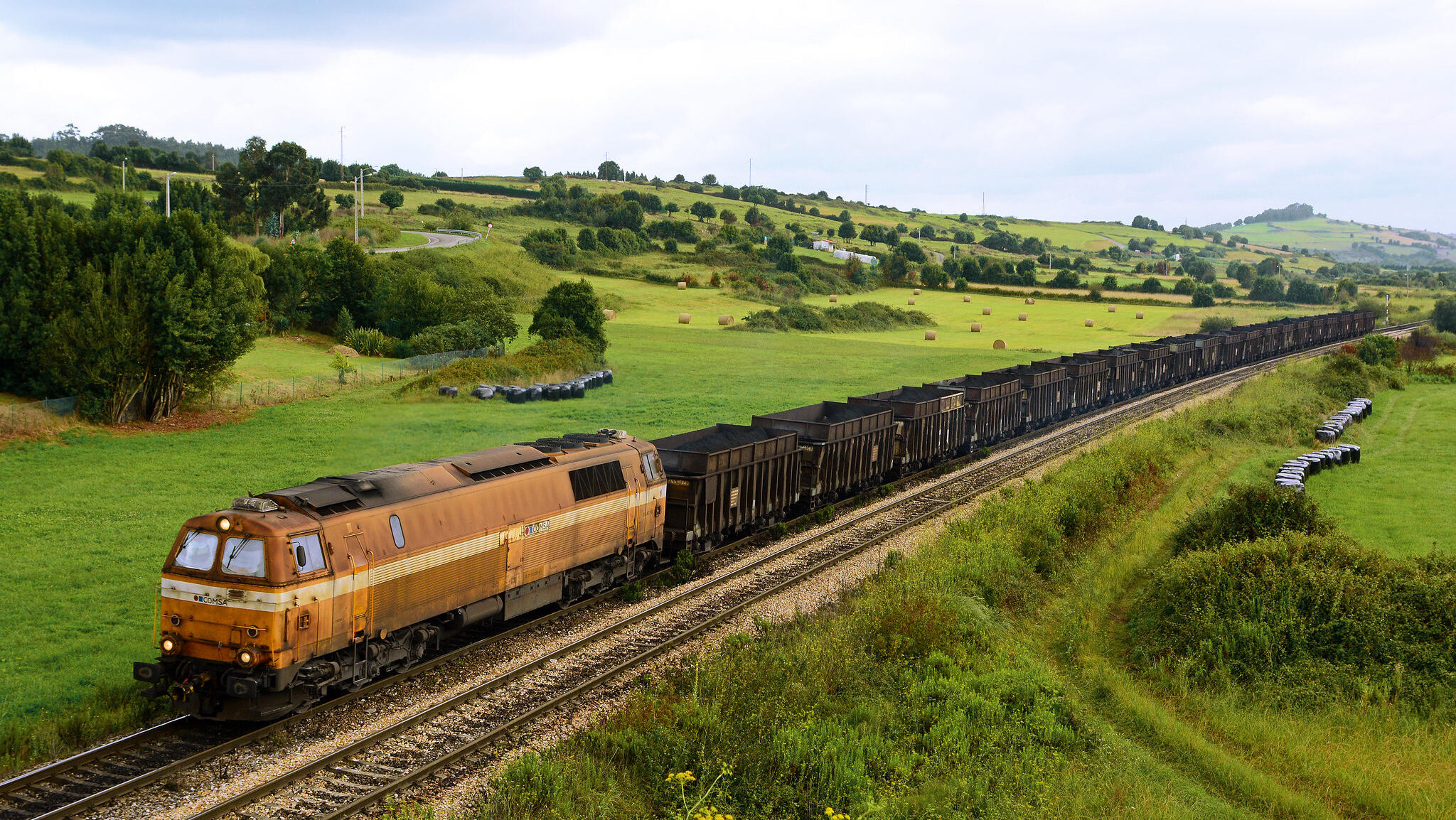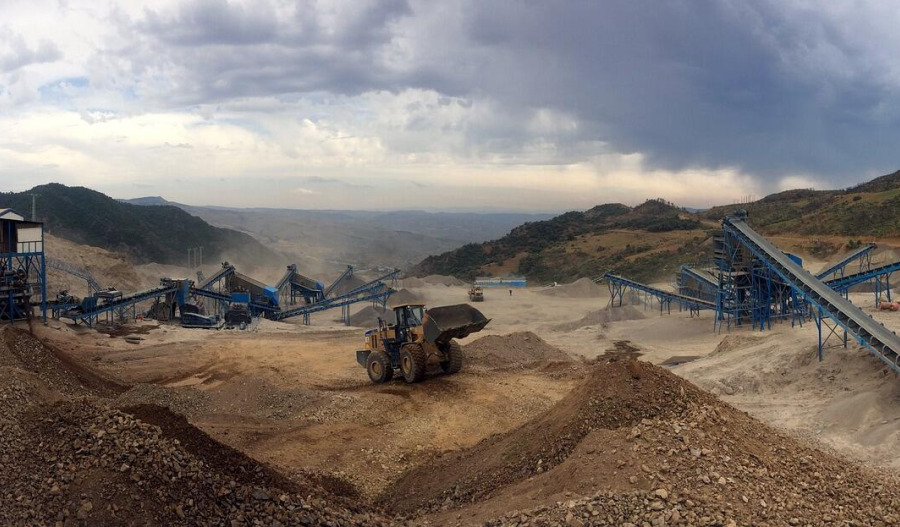Australia took a major step closer to becoming a green iron manufacturing powerhouse following revelations last week that iron ore companies can, from next month, apply for a share of major funding the federal government is stumping up to help kickstart commercial green steel projects.
The federal government is throwing A$500 million to help turbocharge Australia’s green iron sector through the launch of the National Development Stream of the Green Iron Investment Fund (NDSGIIF).
Iron ore companies have been invited to start throwing their hats in the ring for a slice of the funding on offer ahead of the NDSGIIF’s official launch on 28 October.
Sprint for global dominance in green iron
According to Federal Industry and Innovation Minister Tim Ayres, funding under NDSGIIF – together with Australia’s natural resources and know-how - will underpin Australia’s sprint for pole position as the world pivots towards developing a global green steel sector.
Based on the Department of Industry, Science and Resources numbers, global demand for green iron could reach more than 850 million tonnes by 2050 in a net-zero scenario.
While green iron proposals are currently under consideration around the country to capture the growing global demand for green iron, it’s unclear how many iron ore companies will apply for funding under the NDSGIIF fund.
Successful applicants are required to use NDSGIIF funding for capital works to establish commercial-scale green iron ore facilities and potentially cover around 25% of total project costs.
However, in addition to aligning with community benefit principles – including skills and supply chain development - Ayres also expects the program to incentivise private investment in green iron projects.
Green iron projects must attract investment
He also reminds those expecting to tap into NDSGIIF funding that the spoils are most likely to go to those proponents that can attract private investment and be production-ready by early 2031.
“This $500 million investment lays the foundation for a multi-million dollar industry and thousands of good, secure jobs,” said Ayres, who expects WA to be at the forefront of the global decarbonisation wave.
“Not only will it boost regional economies, but it will also cut emissions and help Australia deliver on its climate targets.”
As the world’s biggest exporter of iron ore, he says Australia is ideally placed to potentially decarbonise one of the most carbon-intensive industries.
While steelmaking contributes around 8% of global greenhouse gas emissions, conventional ironmaking technology is responsible for about 90% of those emissions.
All going to plan, grant funding will support early mover projects ready to start commercial-scale production of green iron by 2031.
Based on work done by the Minerals Institute of Western Australia (MIWA), a single green iron plant could add a cumulative $85 billion to Australia’s GDP, add $2.4 billion in real income per annum, and create 1,540 full-time equivalent jobs.
An equally chipper 2023 Accenture report suggested a green metals industry could deliver up to $122 billion a year in export revenue to Australia’s economy by 2040.
Cautious approach
While Australia's fourth-largest iron ore producer, Fortescue Metals (ASX: FMG), is maintaining its commitment to developing green iron technology, the company has adjusted its timeline for its trial green iron production facility, now targeting 2026 rather than 2025 as previously announced.
This 1,500-tonne pilot plant is designed to meet initial demand from Chinese steel customers seeking greener alternatives.
In addition to economic incentives and comparative advantages, Rio Tinto (ASX: RIO) chief technical officer Mark Davies believes a carbon price would be required to make the green industry economically viable.
This explains why Rio and BHP (ASX: BHP) are keen to take a more cautious approach.
The two big miners have entered a joint project with Woodside and BlueScope, dubbed NeoSmelt, at Perth’s Kwinana to attempt to make green iron via an electric smelting furnace.
The project has gained nearly $95 million in government funding but is expected to cost hundreds of millions more.
China junket
Meanwhile, Prime Minister Anthony Albanese recently took a number of iron ore sector leaders – including Fortescue chairman Andrew Forrest - to China to champion potential green metal partnerships.
Given that China is Australia’s largest iron ore customer to feed its domestic steel industry, Albanese said it was in both countries' best interests to ensure there’s a sustainable and market-driven global steel sector.
Dino Otranto, Fortescue's Metals division CEO, who accompanied Albanese on the recent iron ore junket to China, observed clear evidence of China’s interest in engaging with Australia on the future of green steel.
“Those large steel mills are dedicating extensive time and resources to work with us on solutions that will unlock the green steel value chain,” he noted.
Beyond China’s reliance on Australia's iron ore, Dino Otranto, Fortescue's metals division CEO, believes several other unique advantages position Australia well for green iron production:
- Abundant iron ore reserves
- Exceptional renewable energy potential from solar and wind
- Established export infrastructure
- Existing customer relationships with major steel producers
"You've got a customer who wants a greener product. In Australia we're blessed with a lot of iron ore and we are blessed with a lot of free sun and wind," Otranto recently noted.
However, with abundant solar resources and sovereign wealth to fund massive infrastructure investments, Otranto reminded the sector that Saudi Arabia represents serious competition in the race to establish green metals leadership.
"We are seeing aggressive moves by Saudi Arabia to get into this space. I think we have a unique opportunity now to get into it, and that could pass us by," Otranto warned in a recent industry forum.
Other recent funding
The NDSGIIF fund builds on other measures announced to position Australia as a green metals powerhouse, including:
- The $2 billion Green Aluminium Production Credit to support Australian aluminium smelters to further transition to renewable electricity.
- $750 million to drive green metals innovation and development through the Future Made in Australia Innovation Fund.
- $10 million for the CSIRO led Green Metals Innovation Network to accelerate domestic and international industry-research collaboration on testing, validating and commercialising green metals technologies.
- $180 million through the Australian Economic Accelerator to commercialise research in priority areas such as green metals, critical minerals and renewable hydrogen.



